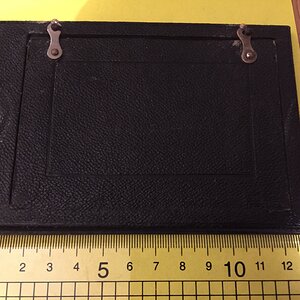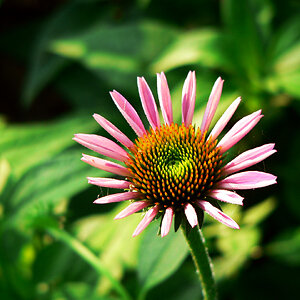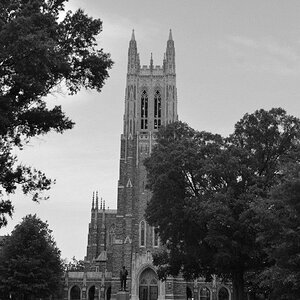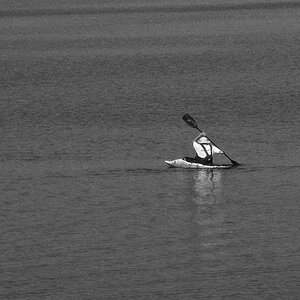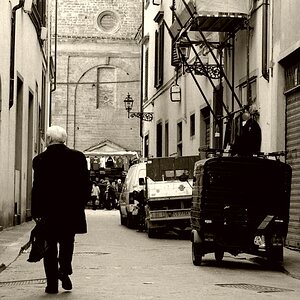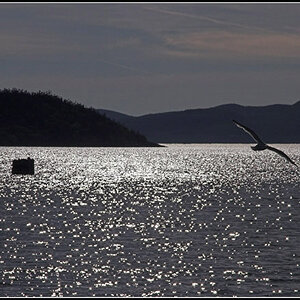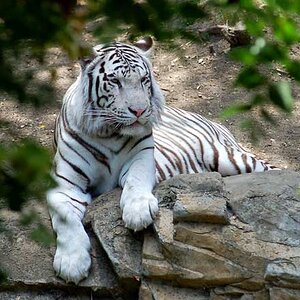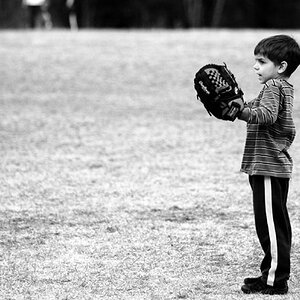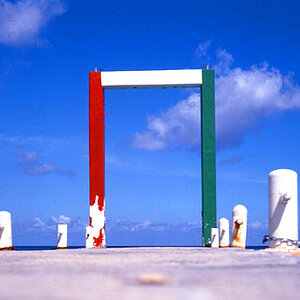beagle100
Been spending a lot of time on here!
- Joined
- Mar 31, 2015
- Messages
- 2,073
- Reaction score
- 546
- Can others edit my Photos
- Photos OK to edit
HAHA my camera body is only 10.1 megapixels, now i feel like im living in the stone age!
you are ... but your pics probably look very similar to 32 megapixels
www.flickr.com/photos/mmirrorless



